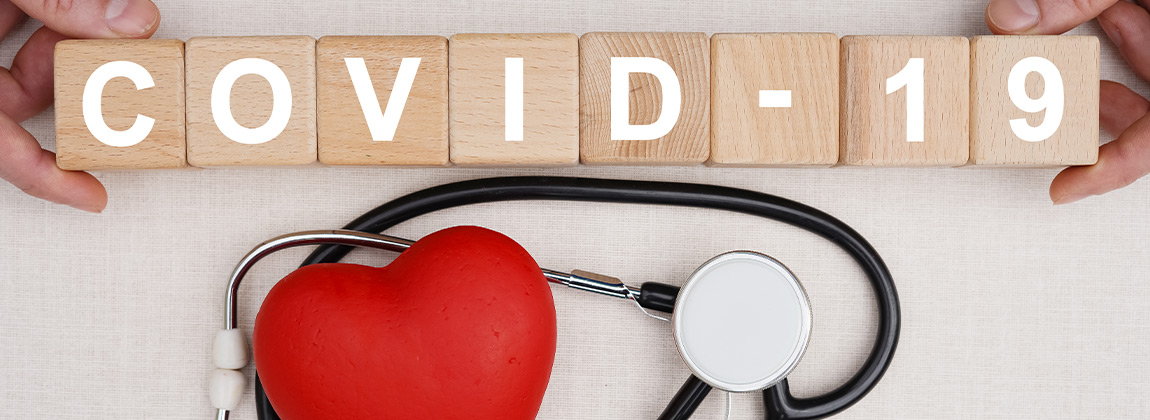Should You Test Employees for COVID-19 Before They Come Back to the Office?

Returning to some sense of “normal” seems to be a common talking point for employees everywhere. And for employers, that normal could look different depending on your physical set-up, the type of work you do and how you interact with the public. Regardless of industry, if you’re planning to bring employees back on-site, it’s helpful to get everyone on the same page.
7 Workplace Safety Measures
First, employees should stay home if they are feeling ill or experiencing any symptoms of COVID-19. For those who are on-site, the following measures go a long way in keeping your staff, clients and customers healthy:
-
Wash hands frequently for a full 20 seconds with warm water and soap (or use hand sanitizer with at least 60% alcohol).
- Wear a mask.
- Avoid touching the face, mouth and eyes.
- Cover mouth and nose when coughing or sneezing.
- Avoid shaking hands.
- Disinfect high-contact surfaces.
- Maintain at least six feet between employees for proper social distancing.
When social distancing and mask-wearing can’t happen due to the nature of the job, task or environment, offering tests for employees may be an option.
Types of COVID-19 Testing
A diagnostic viral test, or a test used to tell if a person is positive or negative for the COVID-19 virus currently, can be taken with a swab in the nose (nasopharyngeal) or throat or even via a recently approved saliva-sample test. A diagnostic antigen test, also called a rapid test, detects specific proteins on the virus surface. Results are often available within an hour. A diagnostic molecular test, also known as a PCR test, detects the genetic material of the virus. Results may be available same-day or take up to a week
A serology antibody test uses a blood sample to show if a person may have had the virus at some point in the past. This test does not diagnose active COVID-19 infections.
For employees, only diagnostic tests are recommended. These tests are offered through community-based testing sites, healthcare provider-based locations and independent testing facilities. Pool testing, a more cost-effective way to test larger numbers of employees, combines individual samples and tests them together. If the pool comes back negative, then they move to the next group sample. If a test returns positive, then the employees within that pool are tested individually.
Wait — why aren’t serology tests recommended for employees? At this stage, we don’t yet know what a long-term immune response looks like. And a positive antibody test could lead people to falsely believe they are “safe” from the virus, resulting in riskier behavior.
Should an Employee Test Negative to Return to Work?
No, return-to-work testing isn’t recommended for most industries because it ties up limited testing supplies. To be on the cautious side, an employee should stay home for 14 days after their positive result, or until at least three consecutive days have been symptom-free (whichever is a longer duration). If symptoms come back, then the time frame resets.
When it comes to keeping your staff, customers and clients safe, it’s not a one-size-fits-all approach. But open lines of communication and explicit expectations are key to keeping your team healthy and engaged.
Learn more about The Iowa Clinic’s COVID-19 resources here, or if you are already a patient of an Iowa Clinic physician, make a virtual care appointment.
You can count on The Partnership to continue to share accurate and fact-based updates. See more on COVID-19 here.
Dr. Christina Taylor
Dr. Christina Taylor, MD, practices internal medicine and serves as chief quality officer at The Iowa Clinic.